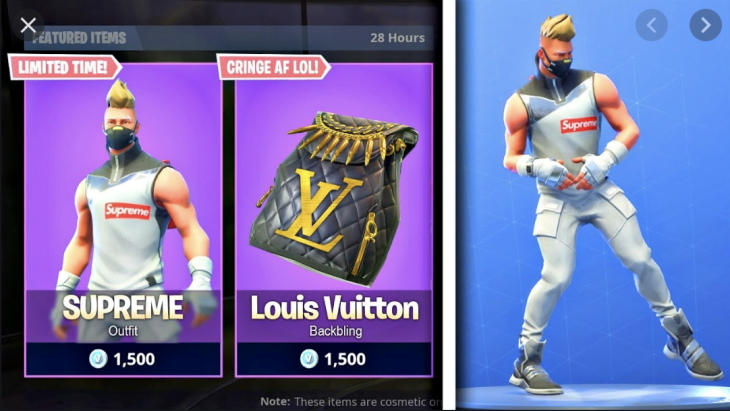
Admix have announced they have successfully raised $7 million USD for “non-intrusive” in-game advertising programs and technology.
Admix claim simply selling the game is “leaving a ton of money on the table,” and that “unless you’re Fortnite or Supercell – advertising remains the best way to monetize the 97%+ users not willing to spend anything.”
However, Admix fully admit that “traditional ads” are intrusive and “kill user retention” (i.e. drives them away). As “increasingly more brands are willing to advertise in games,” explain where in-game advertising has failed in the past, and how they do it differently.
“Over the past 10 years, several companies have had a go at in-game ads: IGA, Massive (acquired by Microsoft before being shut down), and Rapidfire. The reason they failed? They were not able to scale the demand side of the marketplace efficiently, i.e get enough regular advertisers to buy the inventory. Primitive programmatic technology was part of the issue, but mainly it was a timing issue. These pioneers were too early on the market. Gaming was already big back then, but it was still seen as a niche and ignored by most advertisers. To a lesser extend, that was still the case when I first started to conceptualise Admix in 2017.
Two years later – now is the time. Fortnite and esports have helped to set gaming as part of the culture. Casual and hypercasual games have shown that everyone (and their grandmothers) and now playing games. And the COVID crisis has further highlighted our dependency on online entertainment. A virtual concert with 12m people attending? Only in Fortnite. Raising $127m for good causes over a weekend? Only in Roblox. I wrote about these insane numbers in a previous article. Only games have the reach and engagement to deliver these kinds of numbers.
Gaming is where the attention is, and where the money is. Close to 1 trillion hours are being spent on games every year – that’s over 100M years of aggregated gameplay every year. In terms of eyeballs, gaming is a bigger channel than Facebook. The engagement numbers in games are now too big to be ignored by advertisers. Across industries, brands are hungry for new solutions to ‘get inside the games’ and capitalise on that attention. I confidently predict that within 3 years, 90% of brands will advertise in games.”
Admix conclude, explaining they will improve the “product experience” by working with larger publishers, on more premium titles, granting them more controls on the adverts, more compatibility with custom game engines, working with more international partners, and new offers to incentivize publishers (such as a referral program).
Another of their incentives seem to be the recently announced Admix Boost program. Those who launch their game or app with Admix until August 31st “will be considered for a chance to win a $25,000 boost towards their user user acquisition.”
Looking through Admix’ website, examples of their in-game advertising include billboards in scenarios where they would be realistic (such as real-world settings or those based on sporting events). As seen above, other examples also include brand names on cosmetic items.
Their website also mentions placing adverts into educational games. “Action is contained in virtual classroom and offers many areas well visible to users. […] Use videos on walls or menus screens that users can see for some time. Banners can be used in all areas including menus.”
Companies who have worked with Admix in the past include Facebook, Uber, McDonalds. Google, PayPal, Amazon, FootLocker, Coca Cola, Air BnB, Nike, Red Bull, Universal, State Farm, National Geographic, and “thousands more.”
In May we reported how Riot Games was going to bring in-game adverts into professional League of Legends E-sports tournaments and matches.